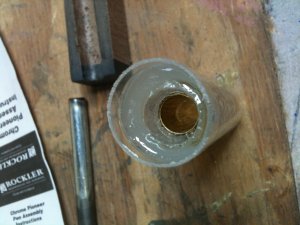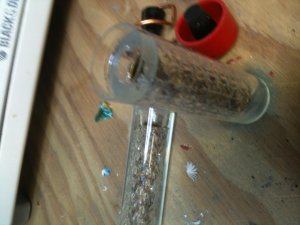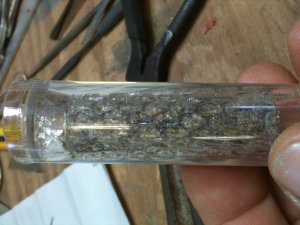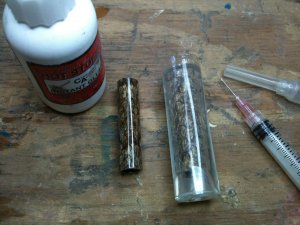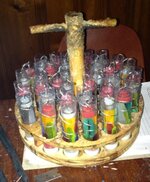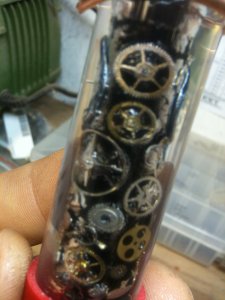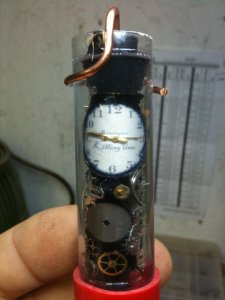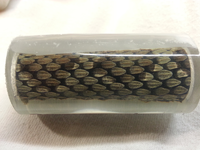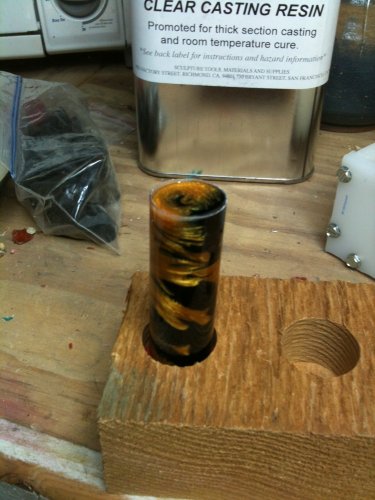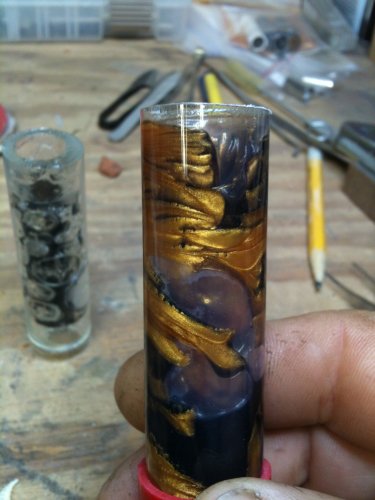teamtexas
Member
I decided to get some clear tubes and try my hand at vertical casting. I picked up some 3/4" x 12" tubes along with some silicone caps. I cut the caps back so they didn't hide the casting, then drilled a hole through the bottom and screwed in a silicone rubber stopper to support the tube on the bottom.
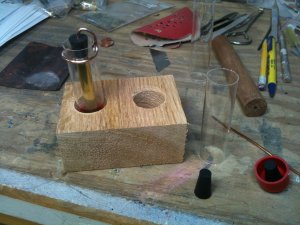
For the upper support I used a dowel about the correct size and bent a piece of #12 solid copper wire. I sharpened one end to insert it into the plug. I also drilled a pilot hole in the plug to make this easier.
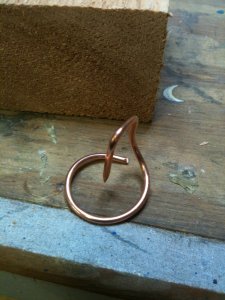
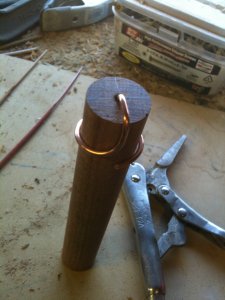
I drilled a 1" hole into some scrap blocks to provide a means to stand the tubes up after casting. Here are a set of snake skins that I tried out on bolt action blanks. The area for pouring in the resin at the top of the tube is small but not too hard to do. I was very happy with the outcome (until the skins started to make bubbles and air pockets, I didn't let the CA off gas long enough).
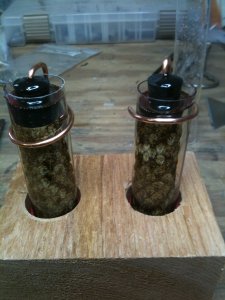
This type of casting really saves on the resin. It took about 3/4 an ounce to pour each of the skins.
Dan

For the upper support I used a dowel about the correct size and bent a piece of #12 solid copper wire. I sharpened one end to insert it into the plug. I also drilled a pilot hole in the plug to make this easier.


I drilled a 1" hole into some scrap blocks to provide a means to stand the tubes up after casting. Here are a set of snake skins that I tried out on bolt action blanks. The area for pouring in the resin at the top of the tube is small but not too hard to do. I was very happy with the outcome (until the skins started to make bubbles and air pockets, I didn't let the CA off gas long enough).

This type of casting really saves on the resin. It took about 3/4 an ounce to pour each of the skins.
Dan

